Hardwear’s Cutting Edge
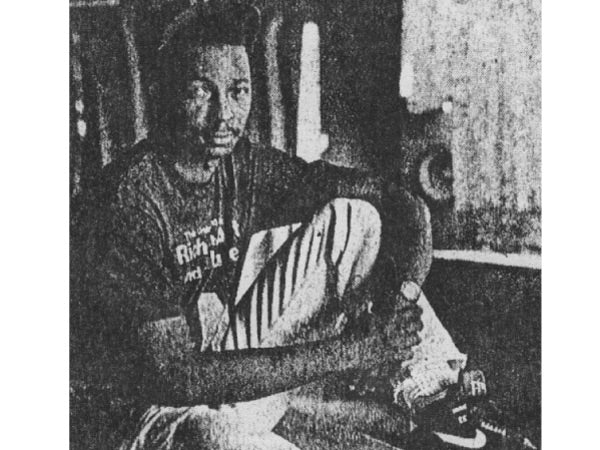
Maurice Malone broke into the fashion business six years ago when he sold suede caps to friends.
Maurice Malone says his many activities help support his design goals
By Robin D. Givhan - Detroit Free Press Staff Writer Nov. 12, 1989
For those who define fashion as an expression of individuality and for those who creep into bass-nurtured dance clubs after the sun has gone down, the name Maurice Malone probably has stored in the subconscious next to the random drum riffs and sampled phrases.
But when the style groupies start talking about Detroit’s fashionable underground and its connections to designer Maurice Malone, there’s more to the conversation than his new fall line or his holiday collection. Fans of Malone’s Hardware clothing line mentioned his dance club, U.N. (for Underground Nation); his new magazine Prototype; his passing interest in forming a rock band, and a list of other passions that have helped shape and inspire his designing and personalities.

It began about six years ago, when the Oak Park native headed to California, intending to go to college to learn how to be a special effects artist. Without a car or many friends, Malone became bored. Lured home with the promise of a car from his mom, he returned to Detroit.
“I didn’t have anything to do, so I started making these hats… sort of these suede Jughead hats,” Malone said.
Friends and fashion mavens like the hats enough to dole out cash to own them, and Malone recognized that the small success could lead to a major business opportunity.
“I called around to different leather places to get the suede as cheap as possible. I needed a business license, so I called the state and I got a business license,” Malone said. After I started making hats, I thought ‘Hmmm, I can almost make $100 a week making these hats.’
“So, I thought. ‘What else do I want to make?’ So I thought maybe some big, oversize shirts.”
Malone began experimenting. He bought a broken-down Singer and learned the mechanics sewing machines as he repaired is economy model. He learned how to put clothes together from his mother, who often sewed, and “learned about fabrics from experience, from the outfit that fell apart.”
Now, after several years of practice and experimenting. Malone’s designs to have sold locally and nationally and his advertisements in the December 1987 issue of Interview magazine have helped boost his cachet of being a trend- and image setting Designer.

“I think he’s an excellent designer,” said Zana Smith, owner of Spectacles in Detroit, which carries some of his sportswear. I think he has vision… I think he’s daring and he’s not afraid to try something a little on the edge.”
Malone moves from designer to club entrepreneur to publisher in an attempt to satisfy both his creative curiosity and to finance his design interests. His eclectic nature frustrates those who want him to focus on fabrics and patterns.
“He needs management. He jumps around. When he did ads in Interview, he got a great response, but then he got a band and now he wants to start his own (magazine),” said Smith, who has featured Malone’s work in local fashion shows. I think there is a market for things in Detroit … but he just doesn’t keep his nose to the grindstone.”
Malone, 25, doesn’t see it that way. He thinks of himself as an entrepreneur, turning ideas into. businesses so he can stash away enough money to nurture the growth of his designing pursuits. “All this is a foundation for the clothes, “said Malone.
As it is for most young designers, one of the biggest obstacles he faces his production. “I am at a point where I shouldn’t keep making all my own stuff. I tried hiring people, but finding quality help around here is really hard, plus it cost an arm and a leg to pay them. So what I want to do is come up with enough money to get a place that’s going to mass-produce them.”
Right now, Malone produces most of his designs from his Detroit loft on Woodward Avenue. And though he can whip up a $900 black leather coat in less than 10 hours his independent operation puts him a long way from the kind of mass production that’s necessary for large-scale commercial success.
“As far as selling the line, that’s been easy,” he said. “But producing it has been tough… I like to design, but I hate to sew.”
The club and the magazine and all the other ideas floating around in his head are geared to make production more efficient, he said, so that in the coming reincarnations of Hardwear, Malone can experiment with more expensive, quality fabrics and develop new styles and shapes.
The mind-set keeps Malone low-key, as he quietly runs and starts up businesses. Yet, despite all the business confidence, he still surprised when he spots someone on the street wearing Hardwear.
“People walk by the restaurant sometimes and people look better in clothes than I imagined,” said Malone. “I think, hey I put my tag. ‘Hey that’s mine.’”
Sometimes Malone is so quiet you have to lean forward to cock your ear just to hear what he saying. But rumbling beneath the calm demeanor is his confidence of eventual success.
“I know I’m going to be rich and famous,” Malone said. But “whenever I do get my dream car, a Porsche, I’ll probably be in old dirty jeans.”


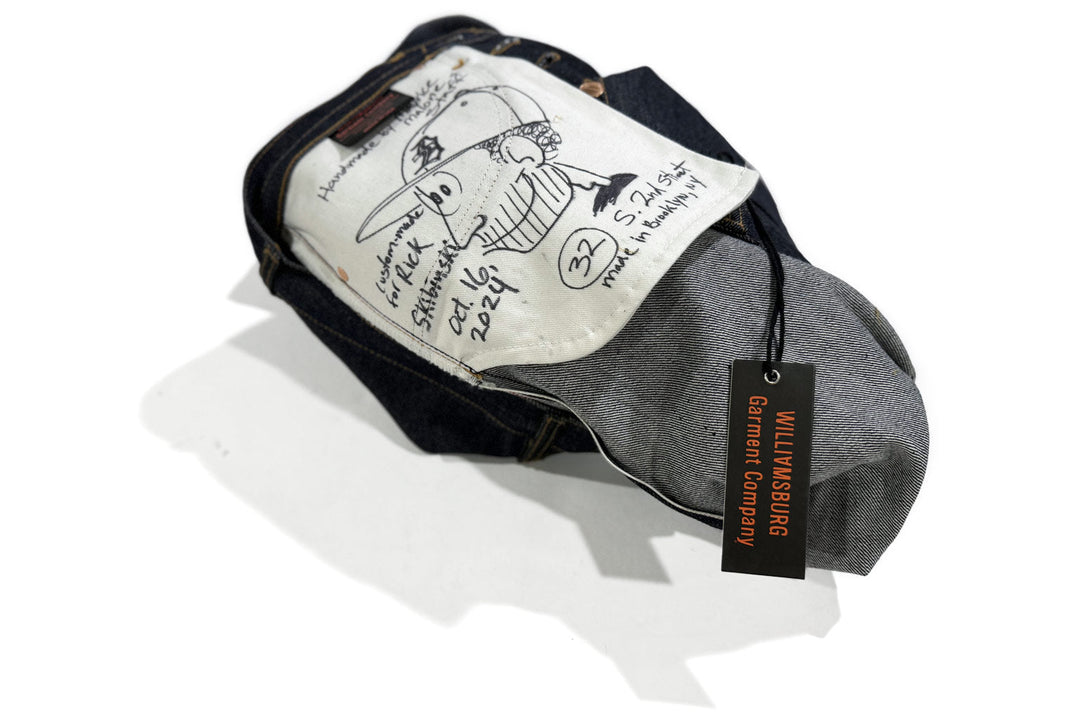
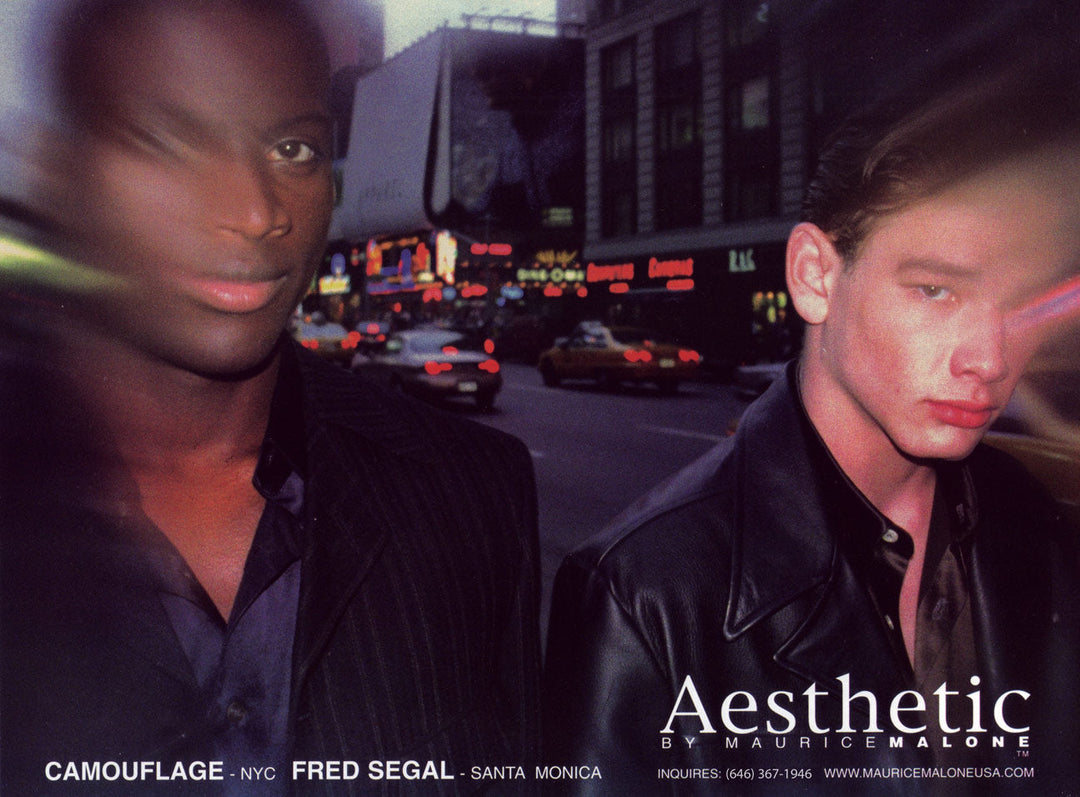
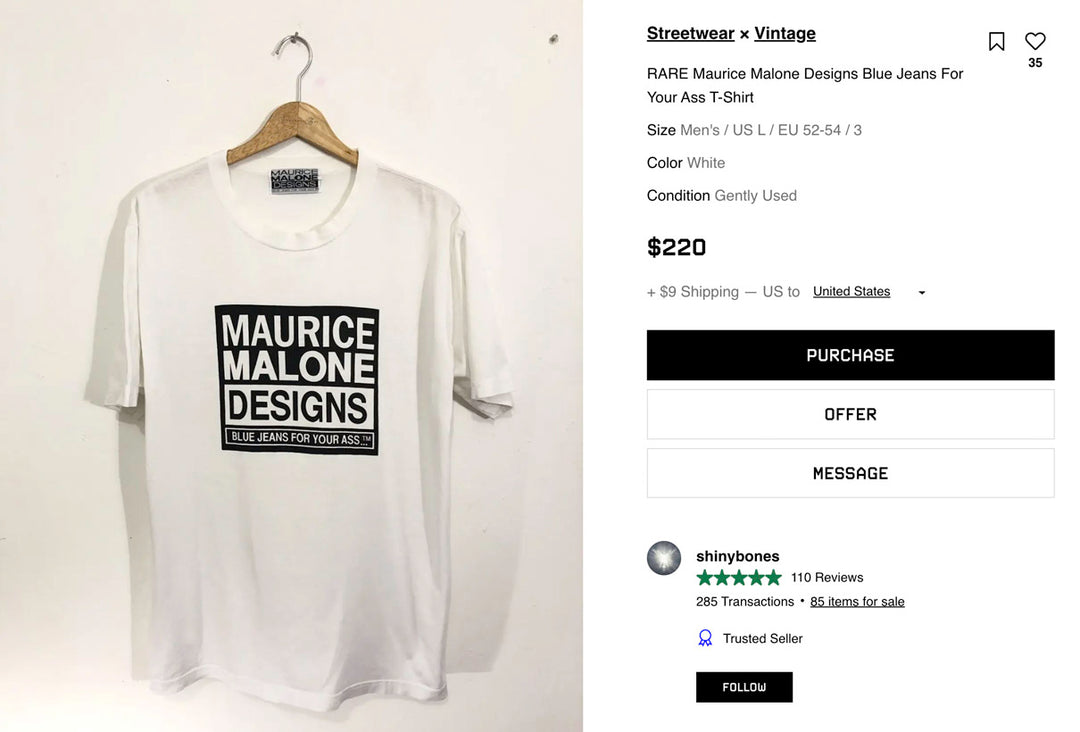
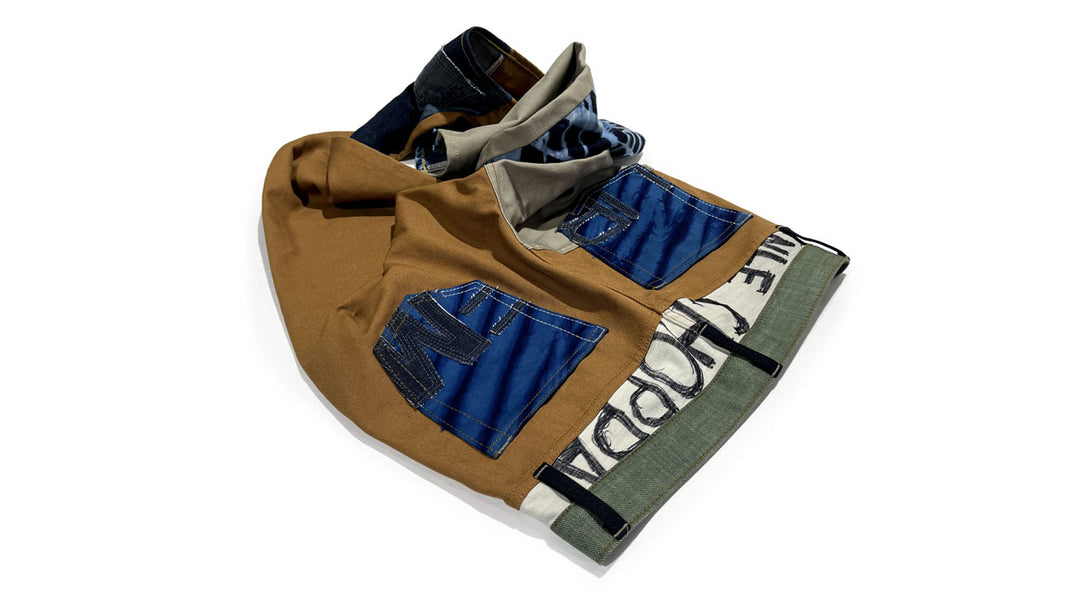
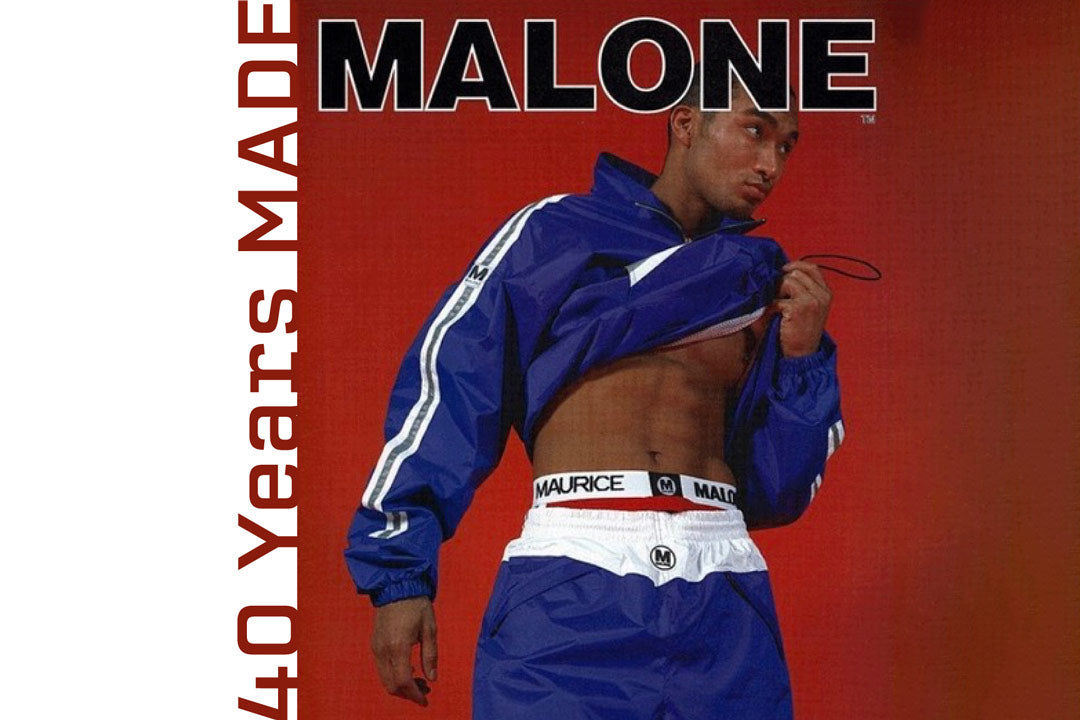

Leave a comment